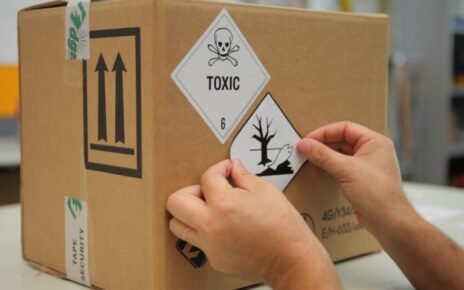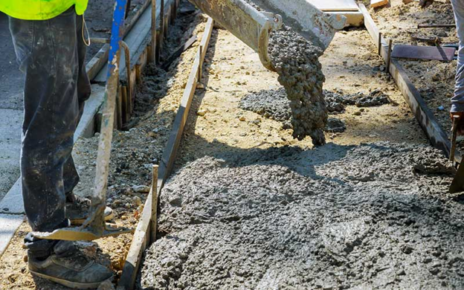In the past, product constraints have given novice and home users a negative name for this strategy. The inkjet transfer paper was usually lower and poorly performed, especially when used with an iron. While it is true, for cracking, washing, bleeding, and decay, that earlier digital heat transfers were legendary, current heat transfer technology has made much progress in lifespan and durability. The computer-produced heat transfer capability and quality are far from what it was a year ago. This is a developing technology that meets the requirements for quick custom created high-quality clothing.
Take a look at the modern technology of inkjet transfer
The best way to print inkjet thermal transfers for lightweight garments has been said to be color-based inkjet inks. This is because pigment inkjet inks are intended to be located on the top of the polymer adhesive layers of the inkjet transfer rather than penetrated like color. Modern technology of inkjet transfer would be taken into account, one would believe, as most inkjet printers produced now are pigment-based rather than dye. This cannot be verified or denied if individuals do not contact the manufacturer for further information.
Incompatible pigment inks and even tin saturation have also been attributable to the bleeding of colors in the inkjet heat transfer. It is only natural for the polymer glue to receive that much ink on its porous layers. To lessen or eliminate bleeding, you can attempt to utilize regular ink or draught setting settings. However, the bottom line is as long as the heat transfer is not damp when the printer comes out. Before wearing shirts, the bleeding can be done by pre-washing. Use an extra amount of cold water on the first wash to charge the size and it should be all right.
Pre-pressing the garments before pressing the transfer help to improve the application by removing any moisture from the tissue. Any water in the garment can evaporate during pressing and disrupt the quality of the transmission process which affects its lifetime and durability. If people reside in a high humidity area such as coastal areas or very wet and even inland environments, it may be a valuable treatment.





